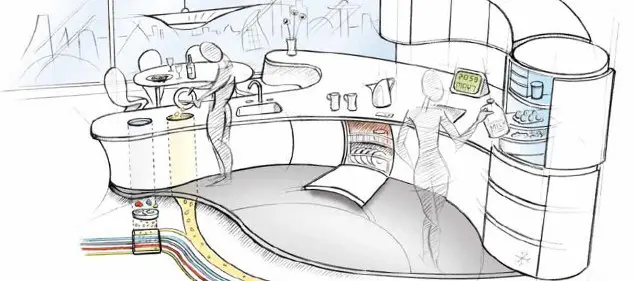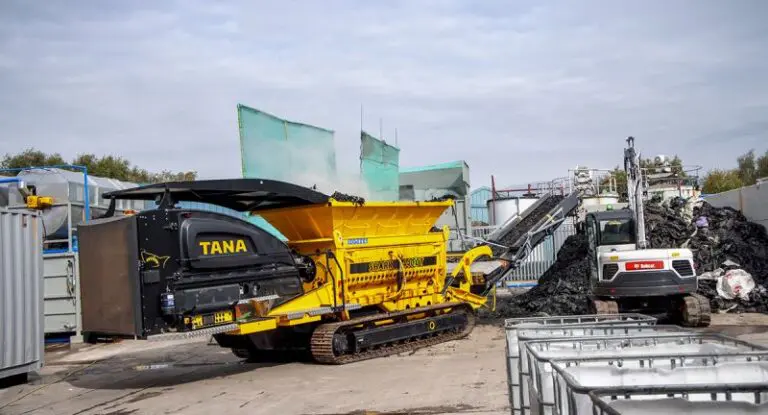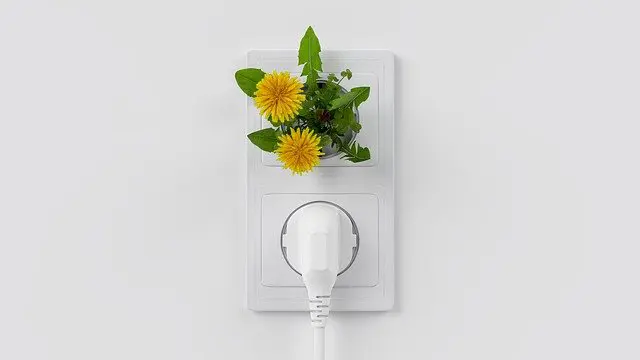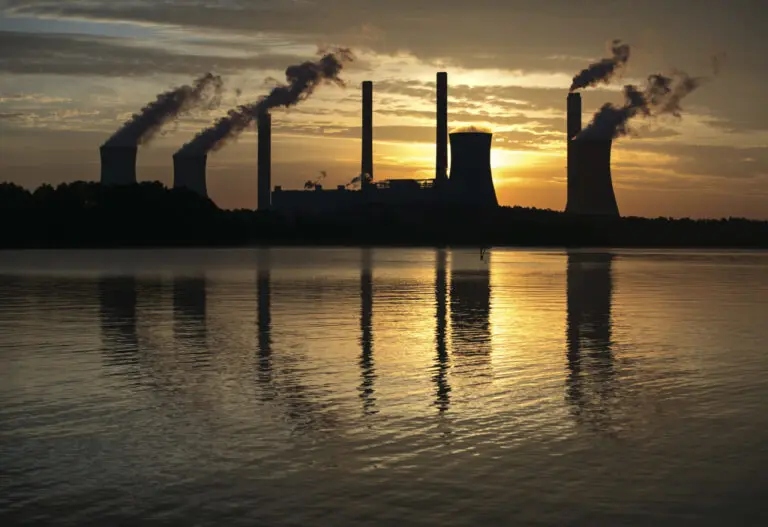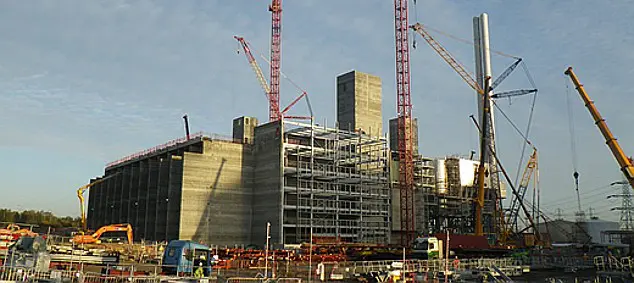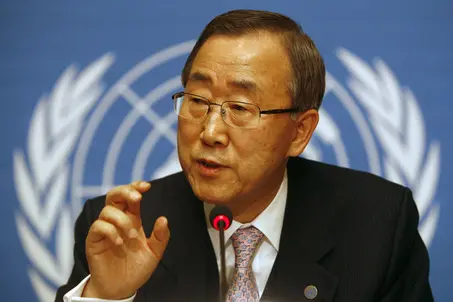Nanoscopic sorting robots could spell the end for the household bin as we know it, according to a new report published by Veolia Environnement and the London School of Economics.
The report, Imagine 2050 examined two possible scenarios for the development of future cities.
In the first, system-level planning has created a dense, resource-efficient society characterised by collaborative consumption, shared ownership and local self-reliance.
The second however portrays a scenario in which disparate and unregulated development has led to a resource-hungry urban sprawl where private consumption and ownership is prioritised over long-term communal thinking.
Under both scenarios, the report envisions environmental technology transforming the home of the future – one in the context of a circular economy, the other in the context of a linear economy.
In the more efficient city, emissions have been reduced by 80% (since 1990), compared to 40% in the contrasting scenario. Water consumption is almost a third less – 100 litres per person per day instead of 130 litres.
Nanobots – the future is small
One of the technologies championed by the report is that of nanoscopic robot recyclers.
Products for recycling will be sorted by machines that separate mixtures of materials into categories based on their size, shape, colour and on their physical and chemical properties.
How? In the future, the report said that mixtures of materials will be shredded into microscopic particles and nanoscopic robots will be used to recognise different types of material and collect them in a pure form so they can be reused by industry.
It was claimed that this will help to reduce the amount of waste that cannot be used and has to be thrown away to almost zero.
Intelligent packaging
In the future, packaging could be active and able to control the environment inside the packaging providing optimum conditions. It may also self-degrade after the content expires.
It could also contain substances that mop up any oxygen that leaks into the container. Coloured stickers on the outside of the packaging would change colour at a rate that is affected by the storage temperature.
The sticker on a product kept in a cool fridge could show the safe to eat colour for longer than one kept in a warm room.
Both these would mean that food would last longer and less would be wasted.
Packaging could also contain additives that modify the behaviour of the plastic film making it oxo-biodegradable.
Chemically, this would cause the long chemical chains to break down into harmless substances which are part of the earth’s natural cycles. Packaging could be designed to start breaking down any time from a few weeks to two years depending on the use of the packaging.
Going circular
Further to these developments, by 2050 CO2 emitted at home could be used to feed micro algae for biofuel production. The biofuel in turn could be used to generate heat and power. The CO2 produced from the heat and power generation would be once again used for biofuel production in a closed loop.
Additionally, material could be designed from 100% renewable sources to avoid resource depletion such as crude oil exploitation.
Plastics, said that report, won’t be made from oil anymore but from plant components or made by bees.
Meanwhile the bathroom features ultrasonic baths, self-cleaning surfaces and water purification based on systems found in plants and bacteria. Homes have 3D printers and new paints and materials optimising natural light and improve energy conservation.
According to Veolia, a number of these technologies are already in development. Watch this space…
Read More
Trash Talking: Recycling 2035
Recycling has come a long way since 1990, but what will the policies, practices and technologies look like in 2035? WMW asked some industry leaders for their views.
VIDEO: Go-Ahead for 10 MW Waste to Energy Gasification Plant in Dorset
Planning permission has been granted for a 10 MW waste to energy facility that will utilise pyrolysis and gasification to process RDF at New Earth Solutions’ existing MBT facility in Canford
Public Inquiry into UBB’s Proposed £500m Waste to Energy Facility in Gloucester
The public inquiry has begun into Urbaser Balfour Beatty’s proposed 190,000 TPA waste to energy facility at Javelin Park near Haresfield, Gloucestershire.


